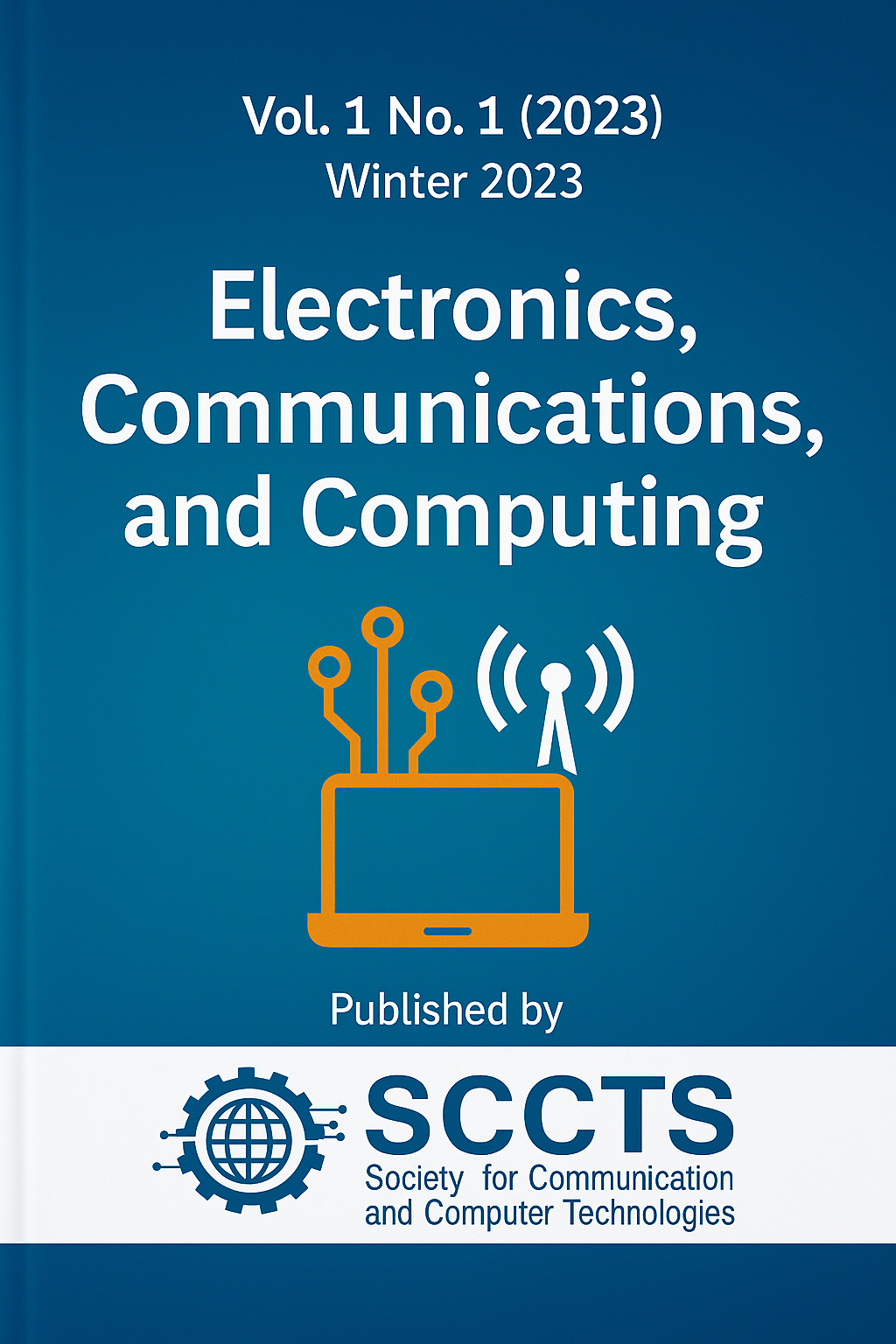Cloud-Native Microservices for Next-Gen Computing Applications and Scalable Architectures
Keywords:
Microservices, Cloud-Native Architecture, Kubernetes, Scalability, Next-Gen Computing, Edge Applications, Service Mesh, DevopsAbstract
Cloud-native microservice applications have transformed the realization of robust, elastic, and dynamically adaptable software systems into next-generation computing architectures, including edge computing, IoT, IoT, AI inference and high assurance enterprise frameworks. This research paper is a thorough investigation of service design, orchestration, performance optimization of the microservices within cloud-native systems. The offered strategy relies on containerized applications that are organized with the help of Kubernetes where Istio is a service mesh framework that makes it possible to accomplish superior traffic management, observability, and secure communication via mTLS. A type of multi-layer architecture is created, including API gates, independently deployable REST/gRPC microservices, polyglot databases, and CI / CD pipelines based on DevOps. End-to-end experimentation is done on behalf of the AWS Elastic Kubernetes Service (EKS) and the microservice-based model performs comparative tests against a typical monolithic app when subjected to different workloads and the failure of elements. There is empirical evidence of a strong performance improvement under this approach: namely, average response latencies are reduced by 42 percent, request handling throughput have increased by 61 percent and fault recovery time were improved by 71 percent. Efficiency of resource utilization and horizontal scalability is significantly boosted, as well, aided by automated autoscaling configurations. A commonly-used stack is the observability stack (Prometheus, Grafana and Jaeger) that give fine-grained insight into service behavior and allows proactive performance tuning and fault diagnosis. Along with the benefits, the issues of service sprawl, orchestration overhead, and service communication management complexity are also realized. The proposed paper comments on the methods to work around those downfalls with lightweight sidecars, GitOps-allowed deployment pipelines, and AI-augmented scaling processes. The presented framework shows that cloud-native microservices could be used as a base framework in developing a stable and futuristic digital infrastructure solution, which can meet the changing computational needs. Areas of future development will be the incorporation of federated service meshes to orchestrate cross-cloud deployment, reinforcement learning based autoscalers, and research and development into zero-trust workloads such as those in the fields of finance, healthcare, and smart manufacturing.



